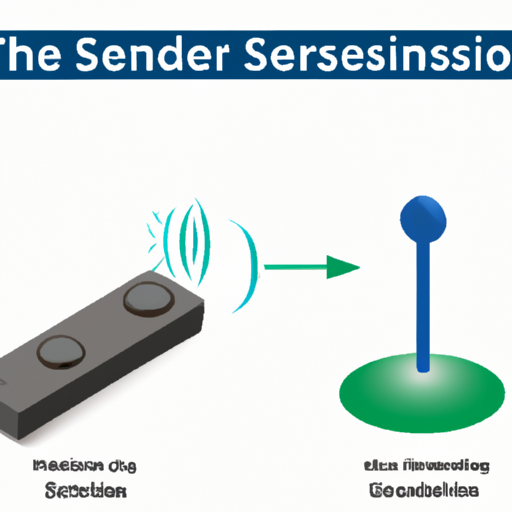: Shenzhen Lingyu e-commerce Co., LTD!
Adjustable sensors are a type of sensor that can be customized or modified to meet specific requirements or preferences. These sensors are designed to be versatile and adaptable, allowing users to adjust various parameters such as sensitivity, range, and response time. This flexibility makes adjustable sensors ideal for a wide range of applications where precise and customizable sensing capabilities are needed.

There are several ways in which adjustable sensors can be customized:
1. Sensitivity: One of the key parameters that can be adjusted in a sensor is its sensitivity. This refers to the sensor's ability to detect small changes in its environment. By adjusting the sensitivity of a sensor, users can control the level of detail and precision in the data it collects. For example, in a motion sensor, increasing the sensitivity can make it more responsive to slight movements, while decreasing the sensitivity can filter out background noise.
2. Range: Another important parameter that can be adjusted in a sensor is its range. This refers to the distance over which the sensor can detect changes in its environment. By adjusting the range of a sensor, users can control the area that the sensor covers and the distance at which it can detect objects or events. For example, in a proximity sensor, increasing the range can extend the detection area, while decreasing the range can focus the sensor on a specific target.
3. Response time: The response time of a sensor refers to the time it takes for the sensor to detect a change in its environment and generate a response. By adjusting the response time of a sensor, users can control how quickly the sensor reacts to changes and how quickly it provides feedback. For example, in a temperature sensor, decreasing the response time can provide real-time data on temperature fluctuations, while increasing the response time can smooth out rapid changes.
Adjustable sensors can be found in a wide range of applications across various industries. Some common examples include:
1. Industrial automation: Adjustable sensors are commonly used in industrial automation systems to monitor and control manufacturing processes. By adjusting the sensitivity, range, and response time of sensors, manufacturers can optimize production efficiency, ensure product quality, and improve safety.
2. Home security: Adjustable sensors are also used in home security systems to detect intruders, monitor environmental conditions, and alert homeowners to potential threats. By customizing the settings of sensors, users can tailor their security system to meet their specific needs and preferences.
3. Automotive: Adjustable sensors are integral to modern vehicles, where they are used for a variety of purposes such as collision avoidance, parking assistance, and driver assistance systems. By adjusting the parameters of sensors, automakers can enhance the safety, comfort, and performance of their vehicles.
In conclusion, adjustable sensors are a versatile and customizable solution for a wide range of sensing applications. By allowing users to adjust parameters such as sensitivity, range, and response time, these sensors can be tailored to meet specific requirements and preferences. Whether used in industrial automation, home security, automotive, or other applications, adjustable sensors offer a flexible and adaptable sensing solution for a variety of needs.